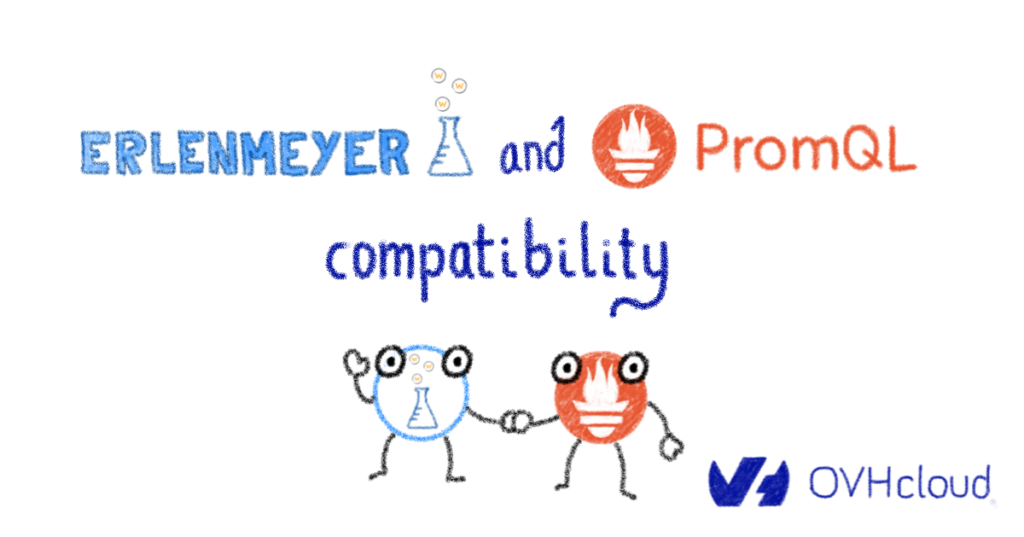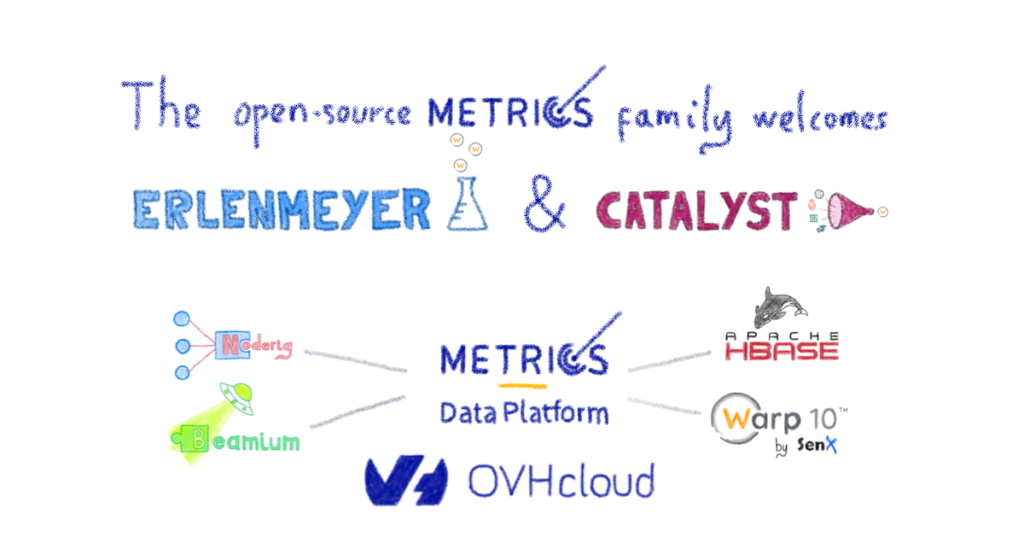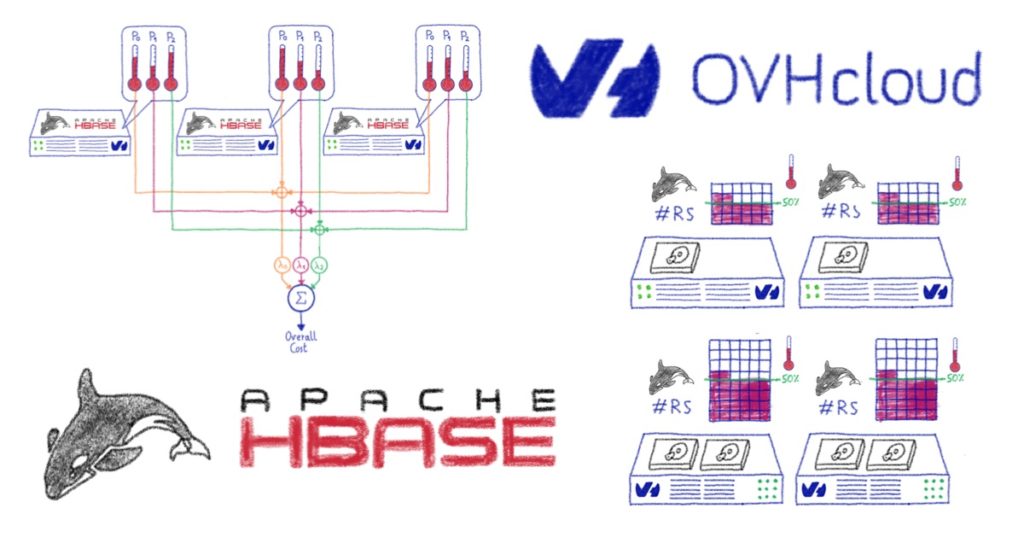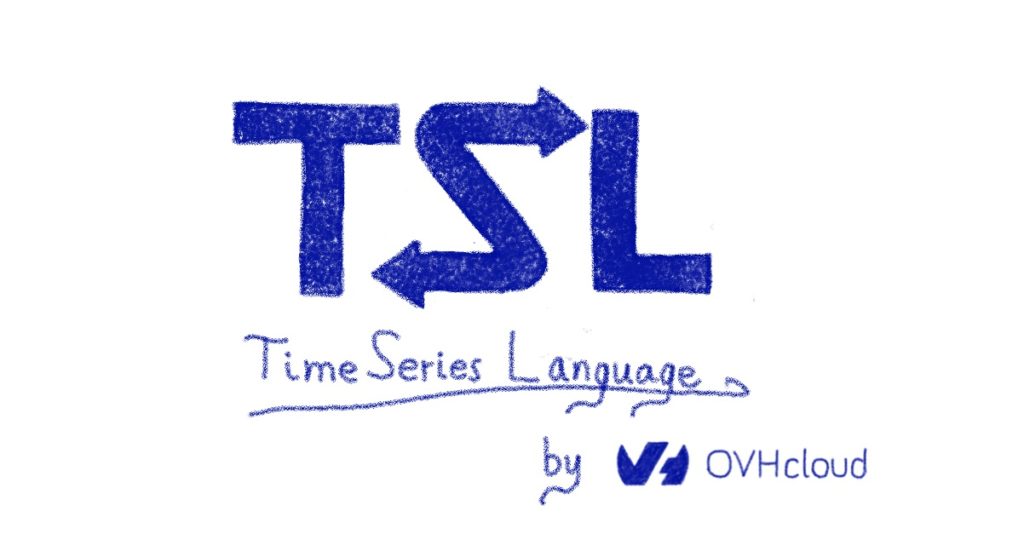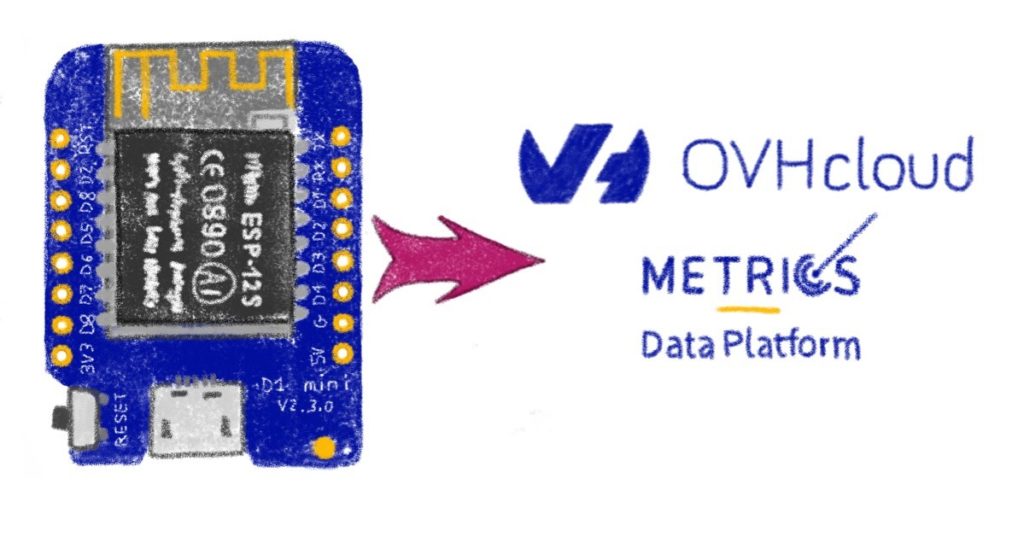At the Metrics team we have been working on time series for several years. From our experience the data analytics capabilities of a Time Series Database (TSDB) platform is a key factor to create value from your metrics. And these analytics capabilities are mostly defined by the query languages they support.
TSL stands for Time Series Language. In a few words, TSL is an abstracted way, under the form of an HTTP proxy, to generate queries for different TSDB backends. Currently it supports Warp 10’s WarpScript and Prometheus’ PromQL query languages but we aim to extend the support to other major TSDB.
To better understand why we created TSL, we are reviewing some of the TSDB query languages supported on OVH Metrics Data Platform. When implementing them, we learnt the good, the bad and the ugly of each one. At the end, we decided to build TSL to simplify the querying on our platform, before open-sourcing it to use it on any TSDB solution.
Why did we decide to invest some of our Time in such a proxy? Let me tell you the story of the OVH metrics protocol!

